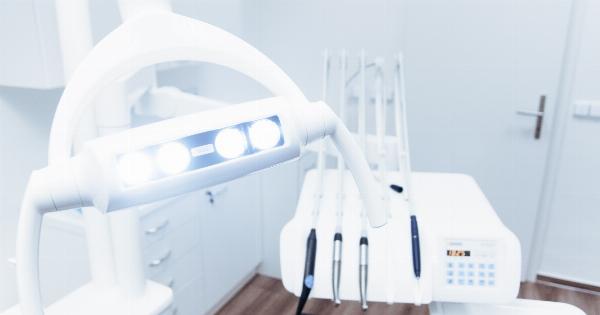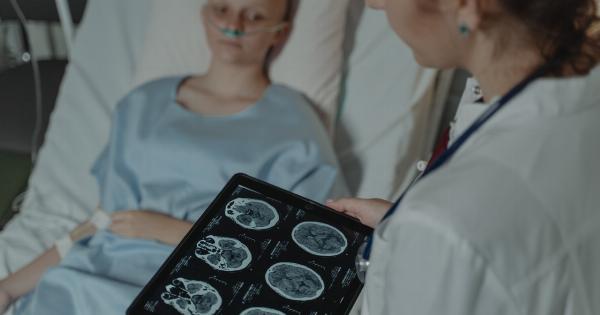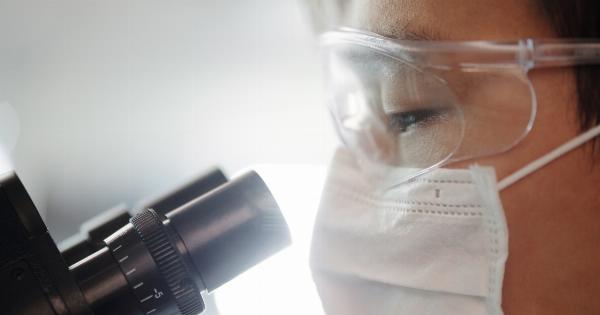Advanced radiology techniques have revolutionized the field of patient care, allowing for more accurate diagnoses, better treatment planning, and improved overall outcomes.
With the advent of innovative imaging technologies, healthcare professionals can now visualize intricate details of the human body that were previously inaccessible. This article explores how advanced radiology techniques have significantly enhanced patient care and highlights some key advancements in the field.
Magnetic Resonance Imaging (MRI)
Magnetic Resonance Imaging, or MRI, is a widely-used advanced radiology technique that produces detailed images of the body’s internal structures.
By employing strong magnetic fields and radio waves, MRI can generate cross-sectional images with exceptional clarity. This non-invasive technique has proven to be invaluable in diagnosing various medical conditions, including tumors, neurological disorders, and joint injuries.
MRI scans enable healthcare professionals to make accurate and timely diagnoses, leading to more effective treatment plans.
Computed Tomography (CT)
Computed Tomography, commonly known as CT, is another advanced radiology technique that utilizes X-rays to create detailed cross-sectional images of the body.
CT scans provide valuable information about the size, shape, and density of organs, tissues, and bones, making them essential in diagnosing and monitoring various medical conditions. The speed and precision of CT imaging allow for rapid assessments in emergency situations, enabling healthcare professionals to make critical decisions swiftly.
Positron Emission Tomography (PET)
Positron Emission Tomography, or PET, is a unique advanced radiology technique that helps detect diseases at the cellular level.
By injecting a small amount of radioactive tracer into the patient’s body, PET scans can visualize metabolic and physiological processes. PET imaging is particularly useful in identifying cancerous tissues, brain disorders, and cardiovascular diseases, as it provides information about how cells function and interact.
This technique aids in more accurate staging, monitoring treatment response, and planning targeted therapies.
Ultrasound
Ultrasound imaging has long been used in obstetrics to monitor fetal development, but its applications extend far beyond that.
Advances in ultrasound technology have significantly improved the quality and versatility of this advanced radiology technique. Ultrasound can visualize various body structures in real-time, without exposing patients to ionizing radiation. It is commonly used to examine the heart, blood vessels, abdominal organs, and musculoskeletal system.
Ultrasound-guided procedures have also improved patient safety and outcomes in interventions such as biopsies and fluid drainages.
Interventional Radiology
Interventional Radiology (IR) is a rapidly evolving field that combines advanced radiology techniques with minimally invasive procedures.
By using imaging guidance, interventional radiologists can diagnose and treat diseases with precision, reducing the need for open surgery. IR procedures include angioplasty, embolization, stent placement, and tumor ablation, among others.
These minimally invasive interventions not only result in faster recovery times but also reduce the risk of complications, making patient care more efficient and comprehensive.
Artificial Intelligence (AI) in Radiology
The integration of Artificial Intelligence (AI) in radiology has brought about a significant paradigm shift in patient care.
AI algorithms can analyze vast amounts of radiological data in a fraction of the time it would take a human, enabling more accurate and efficient diagnoses. Machine learning algorithms can also assist in the detection of abnormalities and identification of patterns to aid in early disease detection.
Implementing AI in radiology streamlines radiologists’ workflow, leading to improved patient care delivery.
Advanced Visualization Techniques
Advanced visualization techniques have revolutionized the way radiological images are interpreted and shared.
Three-dimensional (3D) reconstruction and multi-planar reformatting allow healthcare professionals to view complex anatomical structures from different angles, aiding in diagnosis and treatment planning. Virtual reality (VR) and augmented reality (AR) techniques provide an immersive experience for both physicians and patients, enhancing communication and understanding.
These advanced visualization tools have significantly contributed to improved patient education and shared decision-making.
Radiomics and Personalized Medicine
Radiomics is an emerging field that extracts quantitative data from medical images to characterize diseases and predict patient outcomes.
By applying artificial intelligence algorithms to radiological images, radiomics enables personalized medicine approaches. Radiomics can provide valuable insights into tumor biology, treatment response, and prognosis.
This information aids healthcare professionals in tailoring treatment plans based on individual patient characteristics, ultimately improving patient care and outcomes.
Radiation Dose Reduction
While advanced radiology techniques offer numerous benefits, they also involve exposure to ionizing radiation. However, advancements in technology have led to significant reductions in radiation doses during imaging procedures.
Lowering radiation doses while maintaining image quality is crucial for patient safety. Techniques such as iterative reconstruction, automated exposure control, and optimization algorithms help minimize radiation risks without compromising diagnostic accuracy, ensuring patient care remains at the forefront of radiology practice.
Challenges and Future Directions
Despite the tremendous advancements in advanced radiology techniques, some challenges remain. The integration of new technologies into clinical practice requires substantial investments, personnel training, and infrastructure support.
Additionally, data management and cybersecurity issues need to be addressed to ensure the security and privacy of patient information. However, with ongoing research and technological innovations, the future of advanced radiology techniques looks promising, offering further advancements in patient care and outcomes.






























